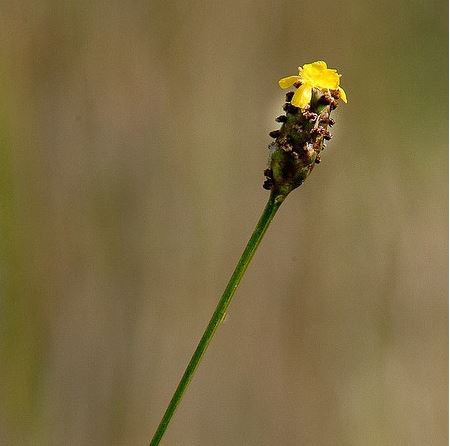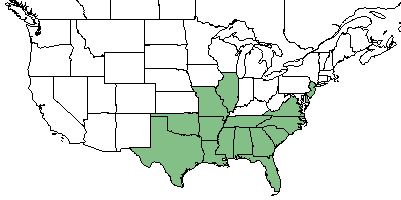Difference between revisions of "Xyris jupicai"
(→Description) |
m |
||
| Line 32: | Line 32: | ||
==Ecology== | ==Ecology== | ||
===Habitat=== <!--Natural communities, human disturbed habitats, topography, hydrology, soils, light, fire regime requirements for removal of competition, etc.--> | ===Habitat=== <!--Natural communities, human disturbed habitats, topography, hydrology, soils, light, fire regime requirements for removal of competition, etc.--> | ||
| − | ''X. jupicai'' is | + | ''X. jupicai'' is wetland obligate<ref name ="USDA"/>. S such, it can be found in areas such as "wet sands or sandy peat or roadside ditches, flatwoods pond margins, cypress swamps, and lake shores <ref name="Kral"/>. |
===Phenology=== <!--Timing off flowering, fruiting, seed dispersal, and environmental triggers. Cite PanFlora website if appropriate: http://www.gilnelson.com/PanFlora/ --> | ===Phenology=== <!--Timing off flowering, fruiting, seed dispersal, and environmental triggers. Cite PanFlora website if appropriate: http://www.gilnelson.com/PanFlora/ --> | ||
Revision as of 20:08, 29 May 2018
| Xyris jupicai | |
|---|---|

| |
| Photo by John Bradford hosted at Bluemelon.com/poaceae | |
| Scientific classification | |
| Kingdom: | Plantae |
| Division: | Magnoliophyta - Flowering plants |
| Class: | Liliopsida - Moncots |
| Order: | Commelinales |
| Family: | Xyridaceae |
| Genus: | Xyris |
| Species: | X. jupicai |
| Binomial name | |
| Xyris jupicai Kunth | |

| |
| Natural range of Xyris jupicai from USDA NRCS Plants Database. | |
Contents
Taxonomic Notes
Synonyms: X. caroliniana, X. elata Chapman, X. communis Kunth
Varieties: none
Description
X. jupicai is a monocot forb in the Xyridaceae family that can be either an annual or perennial [1]. Individual plants are solitary or can be found in small tufts that arise from lateral offshoots. Leaves are linear, 10-60 cm. long and 5-10 mm. wide. They are described as "flat to slightly twisted, ascending, smooth to minutely tuberculate along the margins; tip acute; equitant portion gradually broadened to the slightly dilated, yellowish-preen or tan base" [2].
Distribution
It is native throughout the southeast United States, particularly widespread throughout Florida and along the southeast coast to southern New Jersey [1].
Ecology
Habitat
X. jupicai is wetland obligate[1]. S such, it can be found in areas such as "wet sands or sandy peat or roadside ditches, flatwoods pond margins, cypress swamps, and lake shores [2].
Phenology
This species typically flowers from July through September [3].